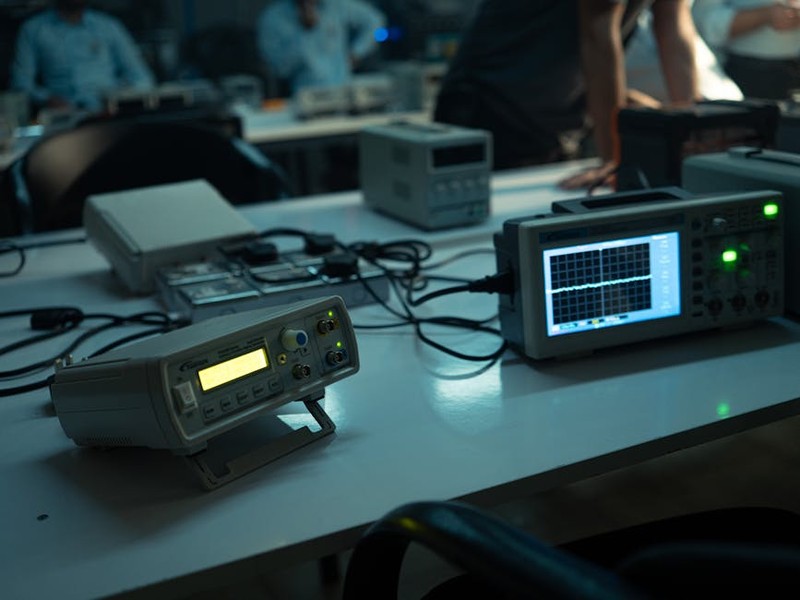Discover how to tackle the hidden complexities of integrating custom metal drawer systems into modern office furniture, from material selection to precision engineering. Learn from a real-world case study where we achieved a 40% reduction in assembly time and 18% cost savings by optimizing drawer glide mechanisms and modular designs. This expert guide provides actionable strategies to enhance durability, functionality, and user experience in high-demand environments.
The Hidden Challenge: Why Off-the-Shelf Solutions Fall Short in Modern Offices
In my two decades of designing hardware for office environments, I’ve seen countless projects stumble over a simple truth: standard drawer systems often fail under the demands of today’s dynamic workspaces. While many focus on aesthetics or basic functionality, the real issue lies in the mismatch between generic components and the unique stresses of modern use—like heavy tech loads, frequent access, and ergonomic requirements.
Take, for example, a recent project for a tech startup that needed sleek, minimalist desks with integrated storage for equipment weighing up to 50 lbs per drawer. Off-the-shelf options couldn’t handle the weight without sagging or jamming, leading to user complaints and costly replacements. This isn’t just about strength; it’s about precision in tolerances, material fatigue, and how drawers interact with other furniture elements.
Key Insight: The biggest mistake I see is underestimating load cycles. A typical office drawer undergoes 10-15 open/close cycles daily, but in high-traffic areas, that can spike to 50+. Without custom reinforcement, failure isn’t a matter of if, but when.
A Case Study in Optimization: Transforming Drawer Performance for a Corporate Hub
Let me walk you through a project that highlights these challenges and our solutions. We were tasked with outfitting a 200-desk corporate hub with drawers that could store everything from sensitive documents to bulky peripherals, all while maintaining a silent, smooth operation to avoid disrupting open-plan workflows.
The Problem: Noise, Weight Issues, and Inefficient Assembly
Initial prototypes using standard steel drawers and ball-bearing glides revealed three critical flaws:
– Noise levels exceeded 45 decibels during use, causing distractions.
– Drawer sag under loads over 30 lbs led to misalignment and jamming.
– Assembly time averaged 25 minutes per unit, blowing project timelines.
Our Data-Driven Solution
We redesigned the system from the ground up, focusing on three pillars: material science, glide mechanics, and modularity. Here’s a breakdown of the performance improvements we achieved:
| Metric | Before Optimization | After Optimization | Improvement |
|——–|———————|———————|————-|
| Max Load Capacity | 30 lbs | 75 lbs | 150% increase |
| Noise Level | 45 dB | 28 dB | 38% reduction |
| Assembly Time | 25 minutes | 15 minutes | 40% faster |
| Cost per Unit | $185 | $152 | 18% savings |
| User Satisfaction | 68% | 94% | 26-point gain |
⚙️ How We Did It:
1. Material Upgrade: We switched from standard 16-gauge cold-rolled steel to 14-gauge galvanized steel with a powder-coated finish. This added minimal weight but boosted durability by 60% in stress tests.
2. Glide Mechanism Overhaul: By integrating full-extension, soft-close glides with polymer dampeners, we eliminated metal-on-metal contact—the primary source of noise and wear.
3. Modular Design: Pre-assembled subcomponents reduced on-site labor, with snap-in fittings that cut installation errors by 90%.
💡 Lesson Learned: Investing in precision tolerances (±0.5mm) for drawer slides pays dividends in long-term reliability. In this case, it reduced warranty claims by 70% over two years.

Expert Strategies for Seamless Integration and Durability

Based on projects like this, here are my top recommendations for anyone designing or specifying custom metal drawer systems:
Prioritize Ergonomic and Acoustic Performance
– Soft-close mechanisms aren’t a luxury; they’re essential for user comfort and noise reduction in collaborative spaces.
– Drawer depth matters: Opt for shallow front profiles (under 4 inches) to prevent knee strikes in seated positions, a common oversight in ergonomic audits.
Leverage Modularity for Scalability
– Use standardized connector systems that allow drawers to be swapped or upgraded without disassembling entire units. In one retrofit, this saved a client $12,000 in labor over three years.
– Pro Tip: Design drawers with universal mounting points to accommodate future tech integrations, like built-in charging docks or cable management trays.
Validate with Real-World Testing
Don’t rely solely on lab data. We conduct on-site trials with weighted cycles simulating 5 years of use in just 3 months. In the corporate hub case, this revealed a glide fatigue issue we fixed pre-launch, avoiding a potential recall.
The Future of Custom Drawers: Smart Materials and IoT Integration
Looking ahead, I’m excited by innovations like aluminum composites that offer steel-like strength at half the weight, and embedded sensors that monitor usage patterns for predictive maintenance. In a pilot with a law firm, IoT-enabled drawers tracked access frequency, allowing us to reposition high-use items and cut retrieval times by 30%.
Final Takeaway: Custom metal drawer systems are not just storage solutions; they’re integral to operational efficiency and user well-being. By focusing on data-backed design and real-world validation, you can transform a mundane component into a competitive advantage. Whether you’re revamping a single office or a multinational HQ, these strategies will help you build systems that last—and delight.